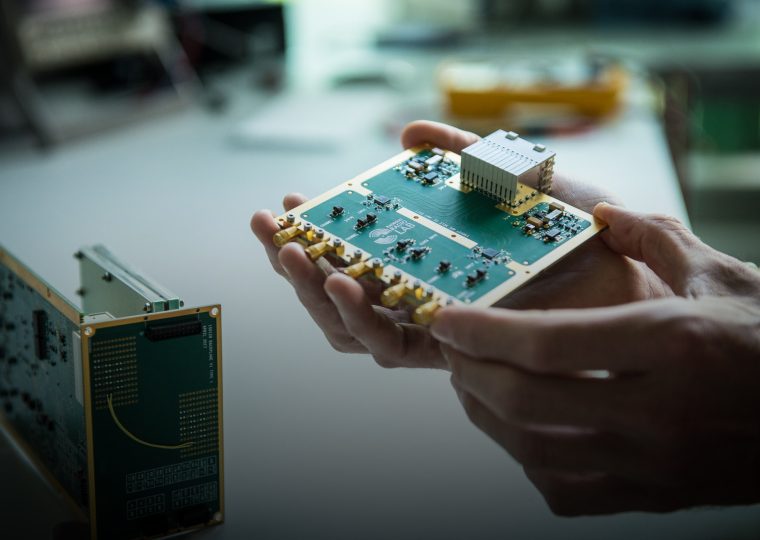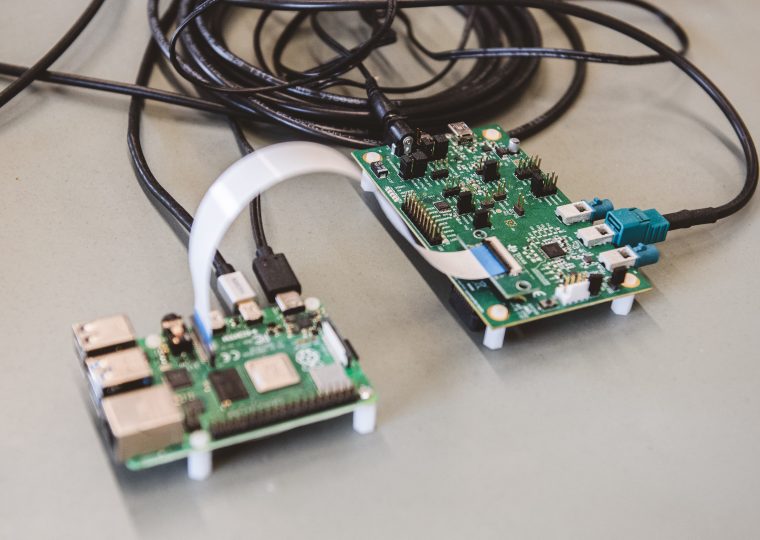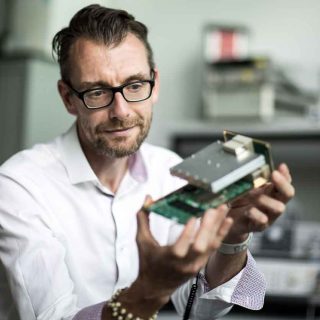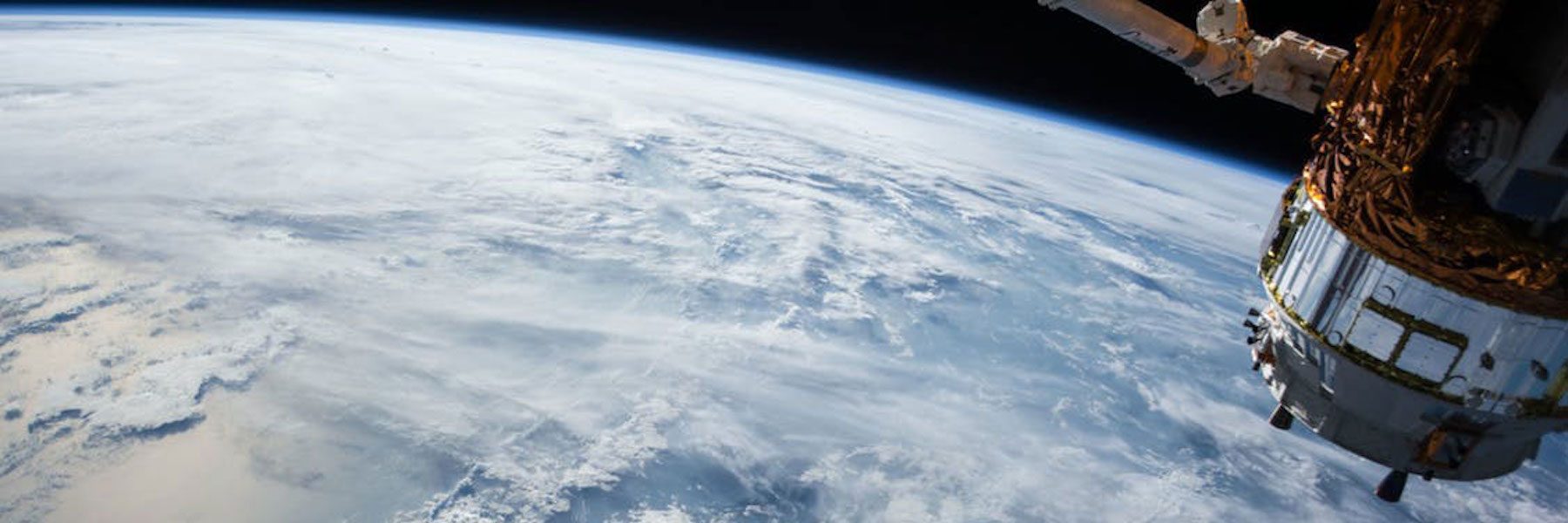If you look at a star that is a light-year away, you see what that star looked like a year ago. If you look at stars that are millions of years away, you look back in history for millions of years. But what if you want to know something about the time before stars were formed? Is that possible and how? With signals from hydrogen atoms, even before there were stars and celestial bodies. The Radboud Radio Lab is looking for those signals. Read below why Radboud Radio Lab and Inspiro are interested in the dark side of the moon.
The case
Dr. Marc Klein-Wolt, managing director of Radboud Radio Lab: “Our team has devised a technique to absorb the frequency that hydrogen atoms emit. Three five-meter antennas and an advanced receiver search for that one narrow frequency range of the hydrogen atom between all the noise coming from the universe. The algorithms that separate the wheat from the chaff are very complex. And that is precisely why we need Inspiro’s expertise.”
Knowledge of specific programming language
“Inspiro is simply part of the team”, continues Marc. “Wietse and Rico are here 2 to 3 days a week internally and the rest at Inspiro in Arnhem. Together with the boys from the university, they devise solutions to convert the raw analogue data that comes in through the antennas into ordered digital data. In the lab we can simulate the signals.
By adding more and more noise, the algorithms are tested for robustness for the real work. Wietse devises the architecture, Rico implements the algorithms in VHDL. Their knowledge of the required specific programming language (VHDL) can be found in few companies. The contribution of Inspiro is therefore indispensable for this project.”


Launch with Chinese rocket
The signals Radboud Radio Lab is looking for can not be received by the atmosphere on earth. So the equipment is mounted in a Chinese satellite. This satellite is finally positioned at the back of the moon. Marc: “An ideal place, because there you have the least chance of disturbing signals from the earth. The launch will take place in May 2018. And if there is space, the boys from Inspiro just go along to make the launch. ”
*Update: At the 20th of May 2018 the carrier rocket with Queqiao (Chang’e 4) was launched successfully. The satellite with NCLE arrived in his circle around the L2 point at 60.000 km behind the moon.

